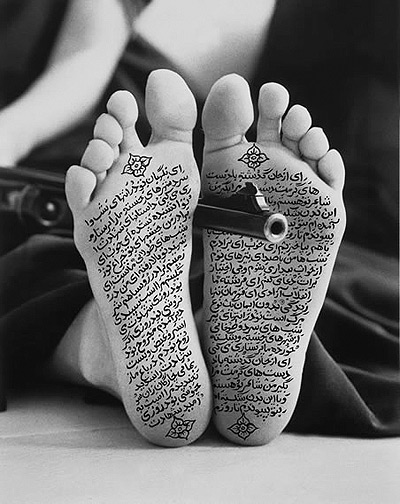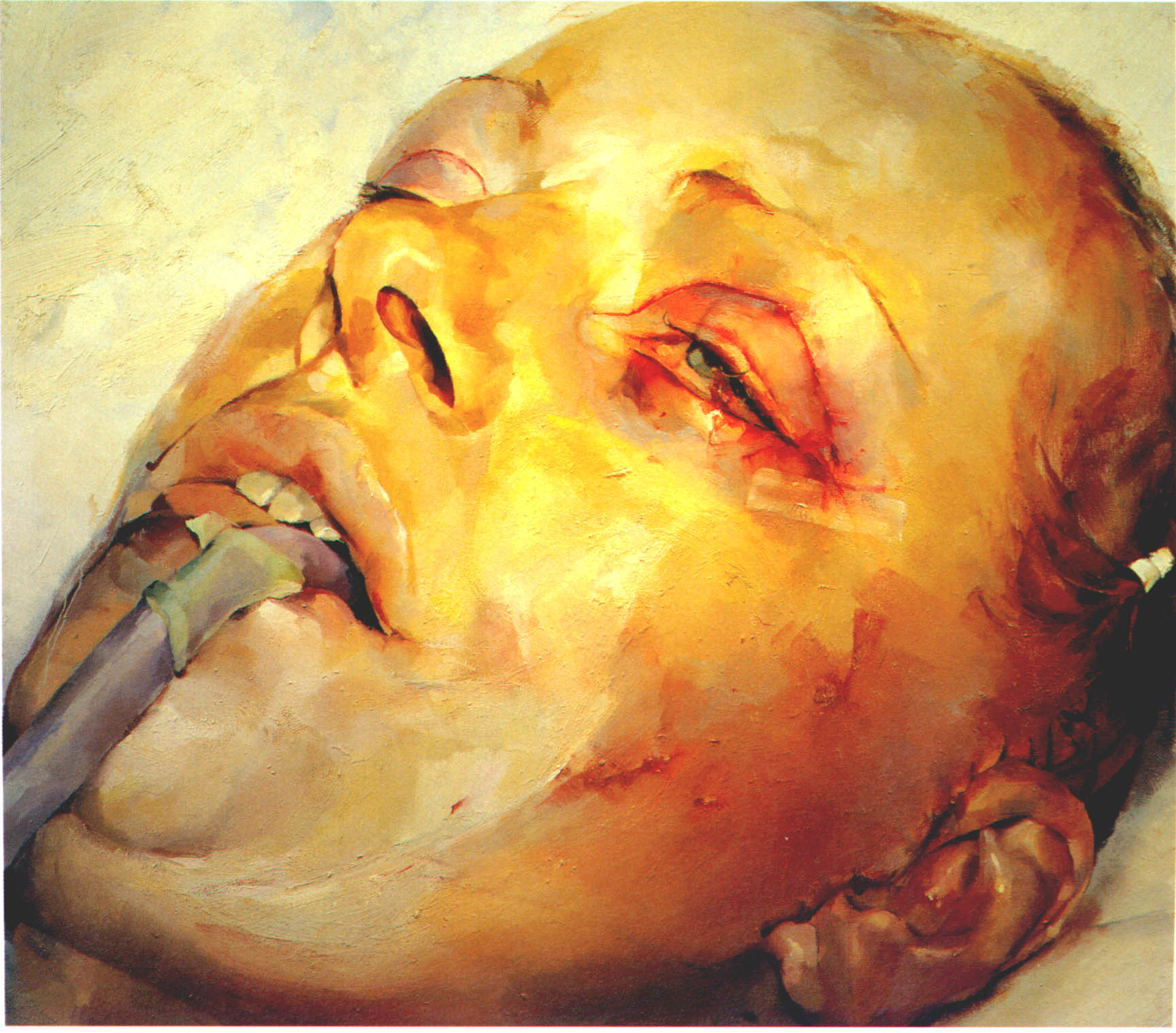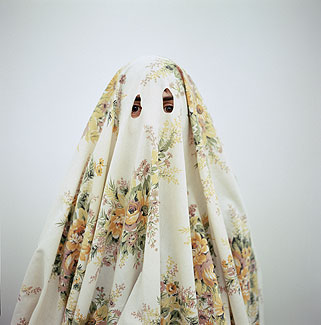
Monday, April 26, 2010
art and the body/identity
Saturday, April 24, 2010
Review Criteria
Monday, April 19, 2010
nature&technology/Deformation
is "nature art" a way to promote human interaction with nature or is it just the artist imposing their will on an already established system?
Monday, April 12, 2010
Art and Representation/Narrative
Is representation in art a better way to engage the audience or is it just an easier way to garner attention?
Is it possible to create narrative without representation?
Can a strong narrative function the same way as a strong formalist work?
Monday, April 5, 2010
Armory Show Review
Impressions from the Armory Show March 4-7 are nothing if not overwhelming, with both pier 92 and 94 jam packed with 117 contemporary dealers and 67 modern dealers and their most “important” works. Promising in a way that will attract buyers and allow the gallery to return next year. The show was divided into two sections; one for more contemporary works and the other was a modern section.
The general aesthetics of the contemporary area comprised a large number of galleries, which included photography of everyday life, or candid scenes. These are categorized by photographs in which no apparent alteration of the image has been made, the photos appear to be representations of the human condition in its most mundane form. The number of galleries with such work ranges in the twenties, and this is on the lower end of what could be considered the same type of work, as photos which deal with the same ideas or are slightly altered where not included in the tally.
Another common thread among the galleries was art that was made up of garbage, or had the aesthetics of garbage. The artist gathered presumably random objects and arranges them in a pile or glues them together or hangs them together. These works were also much more prevalent than the thirty or so galleries that were included, but those works were not entirely comprised of “garbage”. While this was the aesthetic that prevailed at the show, there were many outliers outlined subsequently.
One of the first things available coming down the stairs at the Armory show is the Reed Seifer “Spray to Forget” display. The exhibit has all the makings of fairground snakeoil salesman with the clean simple aesthetics of the times. The spray is supposed to allow a person to let go of a bad memory and replace it with a good memory, and includes a mixture of natural oils championed by aromatherapy. Not only is the display reminiscent of a con game, the research in memory is completely non-existent. While there are substances capable of altering the strength of memory it is impossible for and oily spray to do so. The human memory is one of the most unique and complex systems on the planet and to propagate the notion that a perfume can in any way alter it is grossly irresponsible.
The Rachel Uffner Gallery featuring works by Australian artist Hillary Harnischfeger. These wall sculptures range from 10in to 36in across and are made of mixed materials including paper, plaster and ink. The surface resembles that of a cliff face but of a different palette, this one being of a pastel wet-envelope variety rather than that of a craggy desert. The materials are layered and stacked to form larger flat shapes and then cut and turned upward to reveal the striations of the layers. The work is incredibly engaging due to the complexity of the imagery and the levels in which one may investigate, the depth of the work physically is matched its psychological depth.
Sachiko Kodama had a display near the stairs of the contemporary exhibit, the sculpture “Fountain ?” was a tiny cone sitting in a pool of oily liquid under a glass vitrine. The liquid is magnetic and goes through a cycle in which it winds up the cone and then becomes spikes that grow to a point and then recede or cascade up and down the cone. There is a projection on the wall of the sculpture going through its cycle as well. While it is and interesting phenomenon and is a beautiful chocolaty color and movement, there is hardly more to the sculpture than the display of this new stuff. This particular piece is one of the more mundane in the series usually the liquid reacts to sound and some are more of a still pool in a bowl rather than a cone that becomes spiky, the mystery in these other works is absent in “Fountain ?” and one wonders if the fact that it needed to be displayed covered in any way informed the choice to show this piece in particular.
Overall the work at the show was disappointing, with a small percentage of galleries which included things other than those state previously and in that small percentage and even smaller number of interesting, unique, and well-crafted works. The real disenchantment is that the armory show claims it is including the most important art of the 20th and 21st century, the fact that so much of it is the same and so much of it is strategically chosen to be attractive to collectors really negates the idea of it being important.











